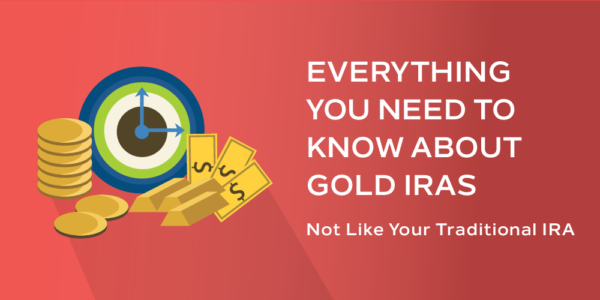
Target Date Mutual Funds (TDF) are designed to adjust its asset allocation as the “target date” approaches to help investors plan for specific goals.
For example, a 40-year old investor planning to retire in 25 years might choose a 2040 or 2045 Target Date Fund. Today, a fund such as this is likely to have a substantially higher allocation to equities over fixed income. As markets move, the fund is rebalanced towards the current target allocation. Furthermore, as the investor nears retirement, the allocation shifts further and further away from equities, which are considered higher risk/higher return, in favor of fixed income, which is expected to exhibit much less volatility but more stable returns.
Simple, right? Not exactly. Although designed to take the guesswork and emotions out of investing for the long-term, there are characteristics one should take into consideration when deciding which, if any, TDF to use.
Here is a comprehensive, but not exhaustive, list:
- Overall allocation may be too conservative or too aggressive for your individual needs.
- Not everyone retiring on the same date has the same needs
- An individual investor’s expected life span is not considered – inflation risk
- Some funds may reduce the allocation to “riskier” assets faster than others.
- Fixed Income allocation
- Longer average maturities have more interest rate risk to principal
- Higher allocation to high-yield could have more credit risk.
- Is it a “to” or a “through” fund?
- A “to” fund reaches its most conservative allocation at the specific retirement date
- A “through” extends that date by a few years
- Expense level – fund of funds.
- Is there an additional “wrap” fee in addition to the individual fund fees?
- Are the component funds active or passive (Index)?
- Not all TDF’s for the same year have the same asset allocation.
- High-level allocation between stocks, bonds, cash, alternatives
- Within stocks – capitalization, growth/value, international/emerging
- Within fixed income – duration, credit quality, corporate/sovereign, international
- Alternatives – Real Estate, Commodities, etc.
- Loss of control.
- The fund company determines the overall allocation and components
- The fund company determines the rebalancing points
- Both done without regard to any other assets the investor owns
A TDF could certainly compete for a spot in your overall, long-term financial plan. But do your homework to give yourself the best chance of adding the best fund for you.










